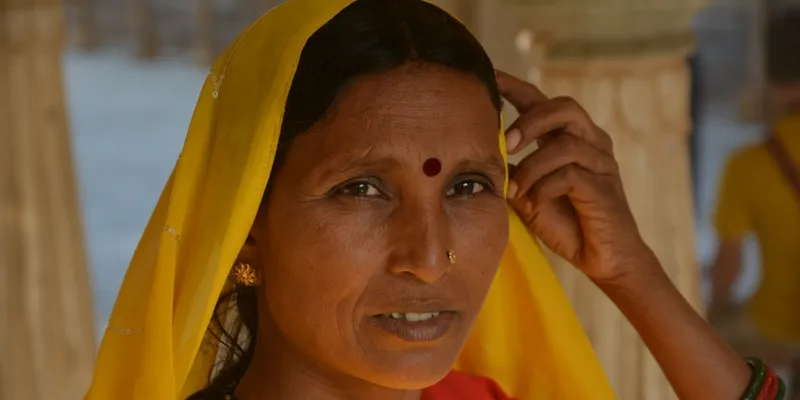UN report says average Dalit woman dies 14.6 years younger than upper caste woman
According to a report released by the United Nations on Wednesday, the caste of a women in India can increase her exposure to mortality due to various factors like inadequate healthcare and poor sanitation. It has been reported that women belonging to Dalit caste dies 14.6 years younger than women from other castes at an average.

The report released is called Turning promises into action: gender equality in the 2030 Agenda, and it cited a 2013 finding from the Indian Institute of Dalit Studies. The finding had stated that the average age of death of a woman belonging to Dalit caste is 39.5 years as compared to the 54.1 years of women from the other castes.
The UN report covers 89 countries, and has been released two years after the adoption of UN’s 2030 Agenda. According to the Indian Express, the report examines through a gender lens the progress and challenges in the implementation of all 17 Sustainable Development Goals (SDGs).
The report emphasises on how the progress of a woman is essential for an overall development to be achieved. It focuses on the importance of providing benefits and services to one and all, and is complemented with a pledge to leave no one behind on the journey to sustainable development. According to the LiveMint,
Grounded in the human rights principles of equality and non-discrimination, this commitment recognises the multiple and intersecting inequalities that so often prevent the full and equal enjoyment of specific groups’ rights in practice.
The report also brings out how it is more likely for a woman from rural household to get married under the age of 18, and become an adolescent mother as compared to women from urban households. It also points to how it is less likely for a rural household woman to go to school as compared to those from urban areas.
The report states that strategies should be built by creating a sense of solidarity through redistribution, risk sharing, and universal services, to ensure no one is left behind on the path of development.
Do you have an interesting story to share? Please write to us at tci@yourstory.com. To stay updated with more positive news, please connect with us on Facebook and Twitter.







